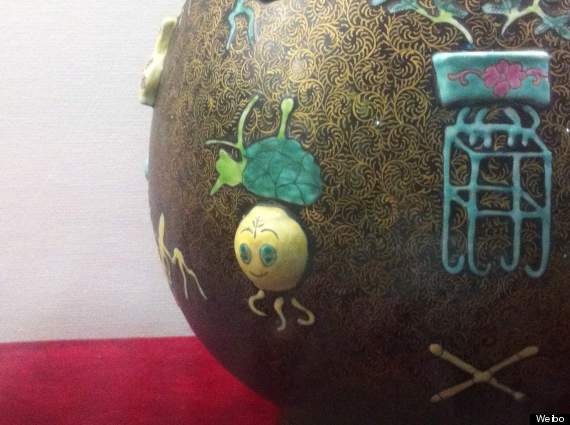Art & Exhibitions
Thousands of Fake Artifacts Force Closure of Chinese Museum


China’s Lucheng Museum, located in the province of Liaoning, was ordered to close after nearly a third of the 8,000 items on display were found to be fake, state-run media reported on Thursday. The fake artifacts included a sword that the museum claimed to date from the Qing Dynasty and which would have been worth in the realm of 120 million yuan ($19 million) had it been genuine.
The Lucheng Museum isn’t the first Chinese museum to close its doors due to fake artifacts. Last July, the Jubaozhai Museum in Hebei province was closed due to suspicions that nearly all of their 40,000 artifacts were fake. Those including a vase decorated with cartoon characters but described as dating from the Qing dynasty.
“Similar fake museums are found in many places in China in search of monetary gain,” Chinese Radio International quoted Chinese antiques expert Ma Weidu as saying at the time of the Hebei closure.
Along with a huge cultural boom in China, forgeries are also becoming increasingly common on the art market. Reports suggest that the rise in forgeries is largely due to the bribery of public officials with art, which has been given the name “yahui” or “elegant bribery”.
The practice is fueling a huge forgery industry. A study in 2012 by Artron, an art data company based in China, estimated that as many as 250,00 people in 20 Chinese cities may be involved in producing and selling fakes. Xiao Ping, a prominent painter who worked as an authentication adviser to the Nanjing Museum told the New York Times last fall, “I would say 80 percent of the lots at small and medium-sized auction houses are replicas.”